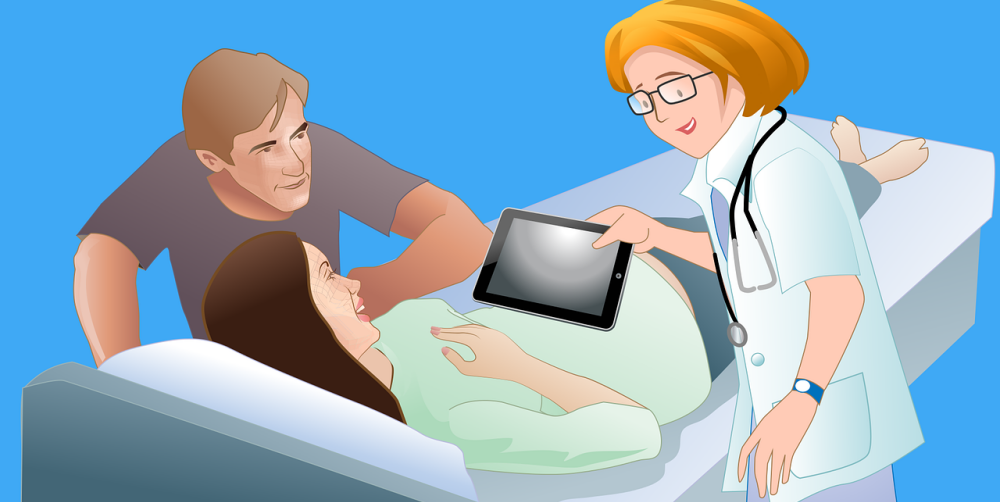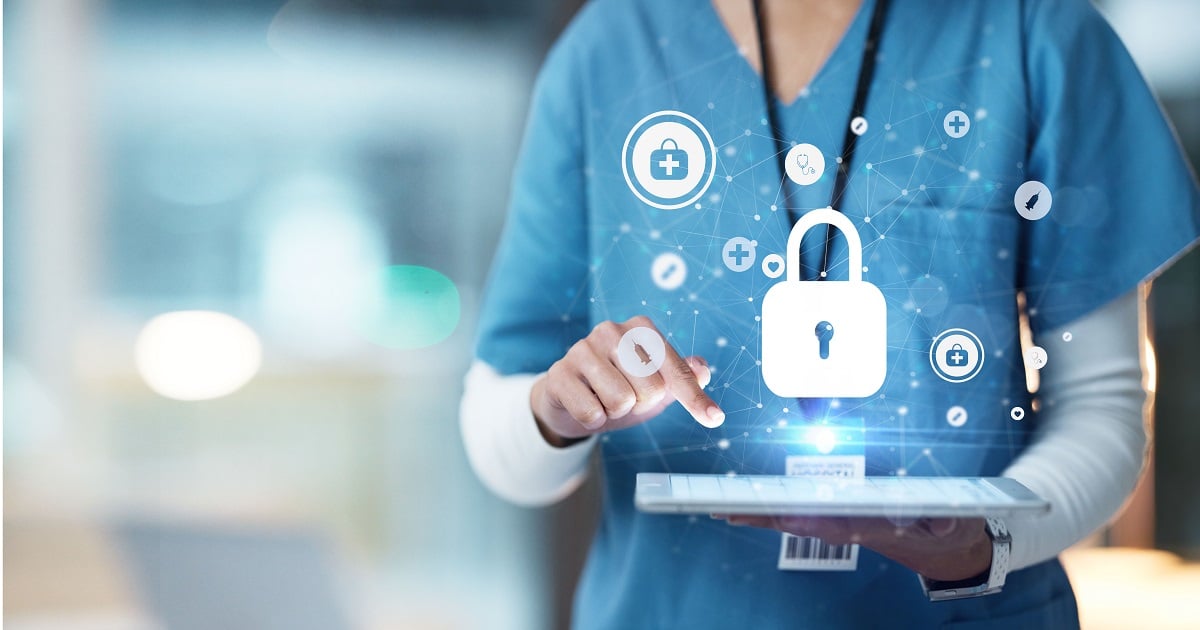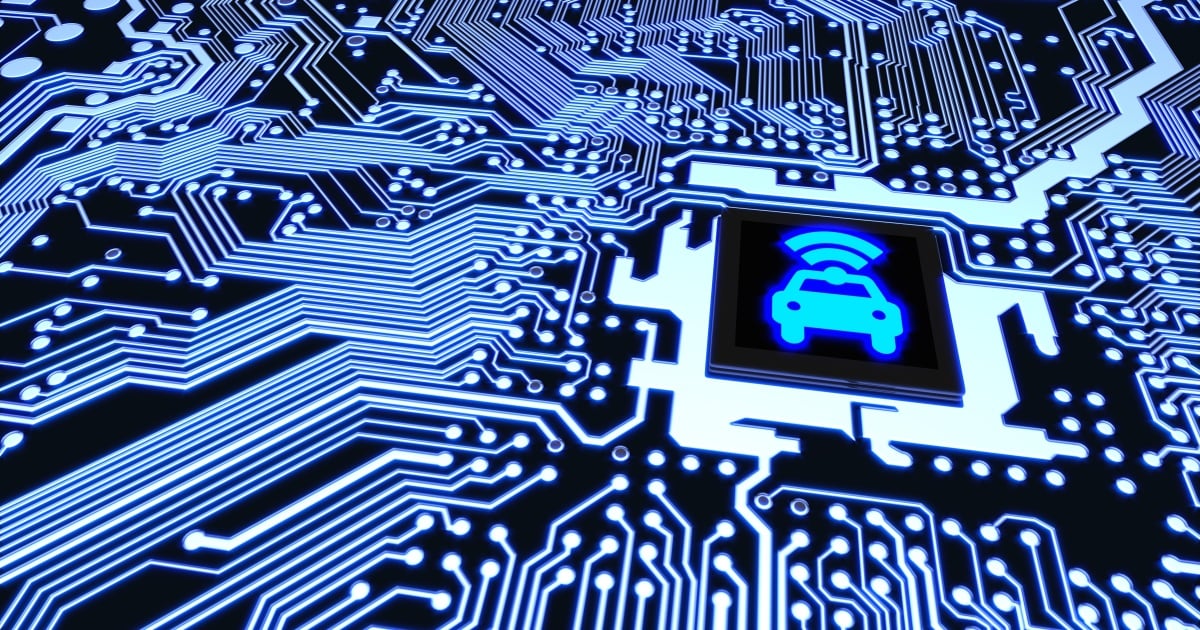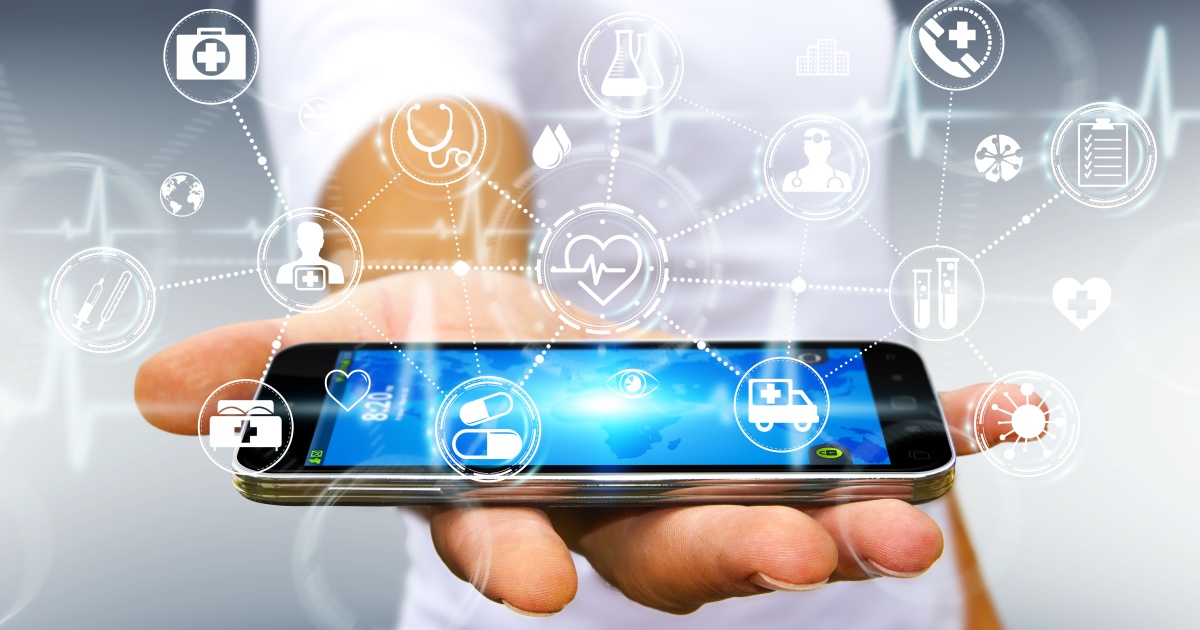
The Internet of Things (IoT) are making their way into every facet of our lives. Smart devices allow us to stay more connected to the things and people we care about and enable us to automate and control tasks from afar. So it comes as no surprise that healthcare providers are turning to the Internet of Health Things (IoHT) and smart devices in effort to improve the patient experience, the delivery of care, and their bottom line. In fact, spending towards IoT in healthcare and life sciences is projected to increase from $520B in 2014 to $1.335T in 2020, attaining a 17% compound annual growth rate (CAGR).
Investment in IoHT is increasingly becoming part of healthcare providers' connected health initiatives that aim to offer patients better access to healthcare services, improve the quality and timeliness of patient information for healthcare providers, and ensure at-risk patients are connected to care providers. Ultimately, it's about improving the care experience for the patients and reducing costly re-admission rates.
Rise of remote patient monitoring (RPM)
A large portion of IoHT investment is dedicated to remote patient monitoring (RPM) which is partly driven by recent changes to Medicare reimbursement for physicians in the US. Effective January 1st, 2018, Medicare is reimbursing physicians for some time spent collecting and interpreting physiologic data digitally transmitted from patients or care givers. Aside from the financial benefits for care providers, RPM is improving the delivery of care. Examples of how RPM and IoHT is enhancing the way care is delivered include:
- Dementia patients fitted with wearable GPS trackers enable their providers to be notified whenever patients leave prescribed boundaries (e.g. their home), allowing them to quickly come to the patient's aide before he/she is harmed.
- Diabetes patients can be fitted with blood pressure, glucose and weight monitors so their caregivers can always be apprised of their patients’ blood sugar levels and daily habits. In fact, this patient data can automatically be sent to healthcare providers so they can recommend appropriate treatment or changes to medication, if needed. RPM devices can also alert care providers to situations when a patient's readings exceed safe thresholds.
- Patients with cardiac conditions or pacemakers can be equipped with sensors connected to smartphones that can remotely monitor for cardiac events. ECG data collected from the sensors can automatically be sent to healthcare providers via a smartphone app.
RPM devices can pose security risks
Before diving into the world of RPM, healthcare providers need to be prepared for the risks RPM introduces to them and their patients. The more healthcare connected devices introduced outside of the confines of healthcare providers' networks, the greater the risk of attack or exploit to compromise the devices, apps or data. Some of the risks healthcare providers need to be aware of include:
In order to mitigate the risks, a well-executed mobility and IoT management strategy is needed to ensure RPM provides benefits for patients and healthcare providers.
In addition to obtaining explicit agreements from physicians, nurses and patients on the appropriate use of RPM technology, healthcare providers need to ensure each RPM device is secured and managed regardless if it's a mobile device transmitting patient data over a cellular connection or a sensor attached to the patient. Healthcare providers need a holistic approach to picking their RPM technology. The devices they choose should work well with the apps they use, and those devices must integrate well with an enterprise mobility management (EMM) solution.
When leveraging an EMM solution, RPM devices should have, at least, the following safeguards in place before being given to patients:
- Communication between IoHT devices or wearables, smartphone or tablet apps, and healthcare systems must be encrypted.
- Some form of authentication needs to be in place for accessing information and functions on the RPM devices, and the devices should be encrypted.
- Device restriction policies should be in place to limit misuse. For example, smartphones or tablets given to patients should only have apps that pertain to their care.
- Geofencing capabilities must be enabled to notify healthcare providers when a device leaves the confines of the home, and security policies must be pre-configured on the device to wipe patient data if, and when, it happens.
- Software on the devices, be it an app or the operating system, must be regularly updated to quickly patch any vulnerabilities that could be exploited.
RPM is here to stay as elderly populations continue to grow and chronic diseases, such as diabetes, continue to rise. Smart healthcare organizations that properly invest in securing their RPM solutions will ultimately be the future winners of healthcare.
About the author: Suneil Sastri has more than 15 years of experience guiding the development of software solutions to meet the needs of Fortune 500 enterprise customers. As Director of Product Marketing at SOTI Inc., Suneil has turned his passion for creating software solutions into customer engagement strategies that enhance mobility strategies for business-critical operations with the latest technological innovations.
Edited by
Ken Briodagh





